Dan Martin: It's only a race, you might as well enjoy yourself
Irishman lone attacker from yellow jersey group on Pic de Nore during stage 15 at the Tour de France
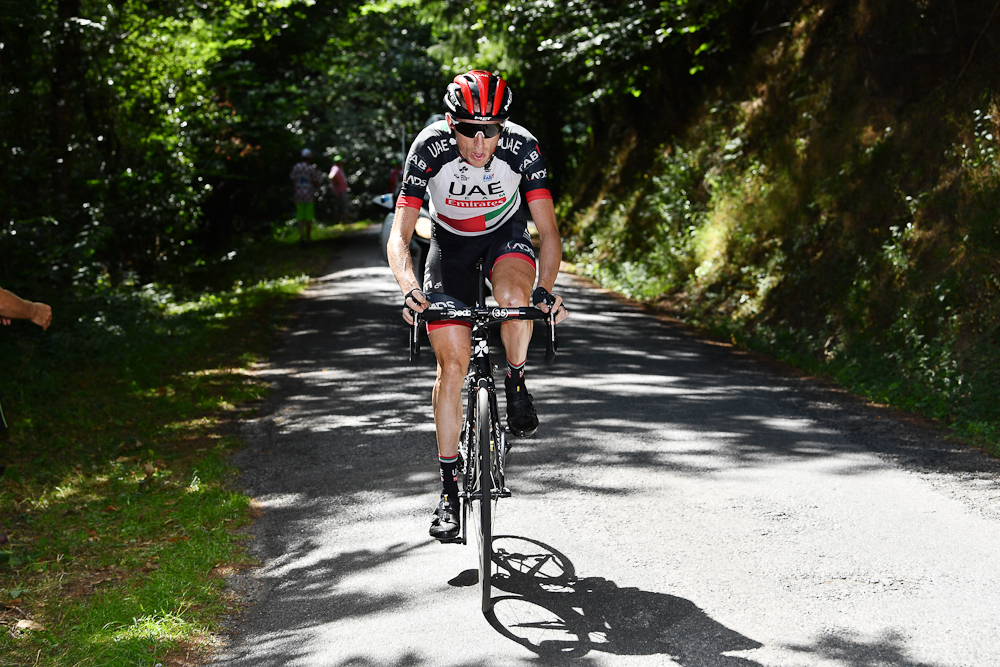
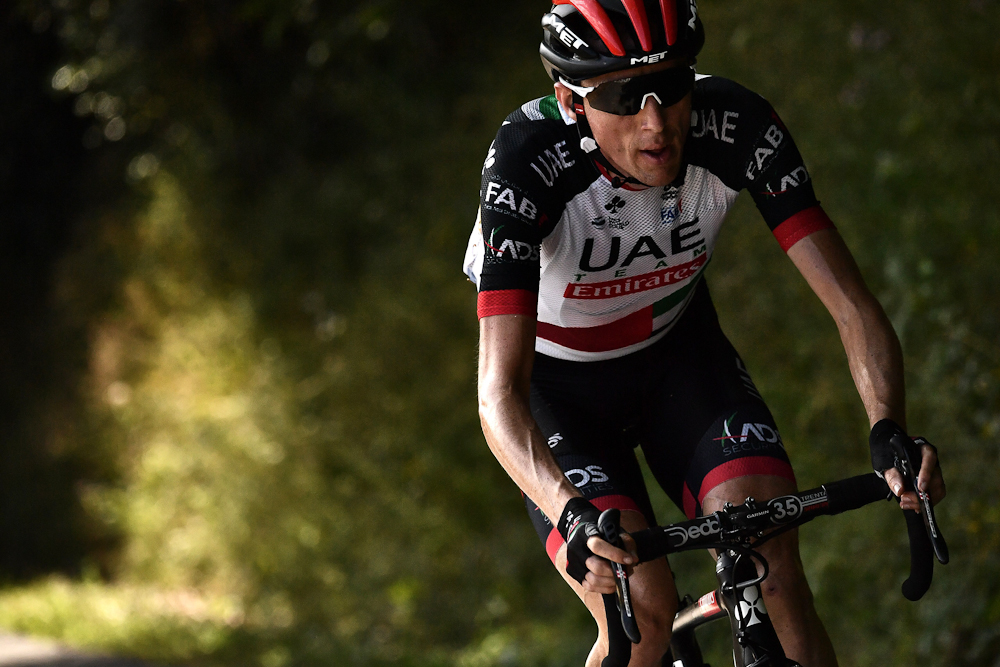
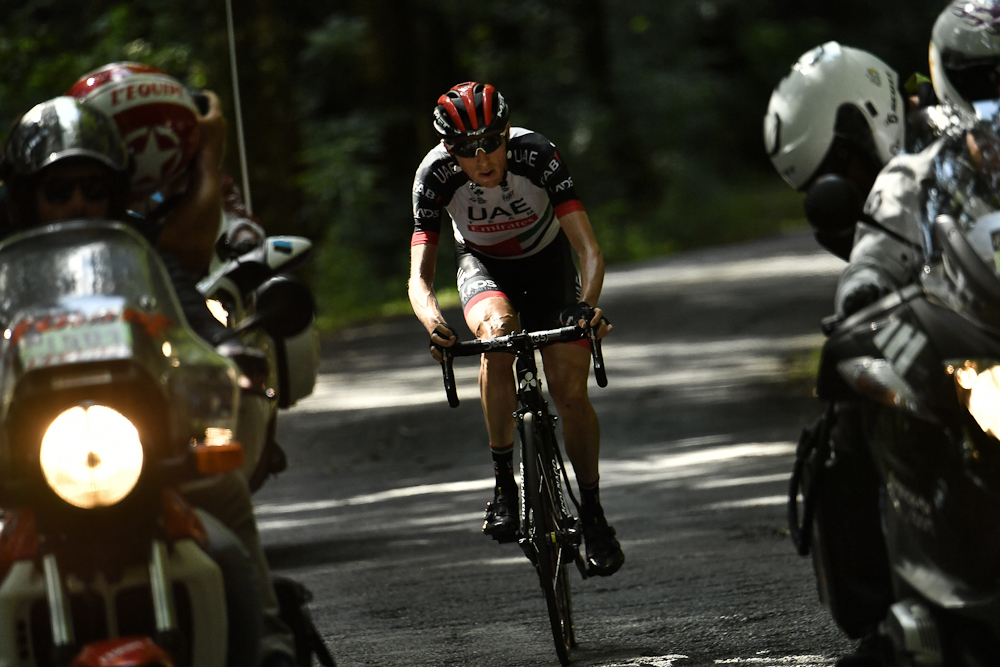
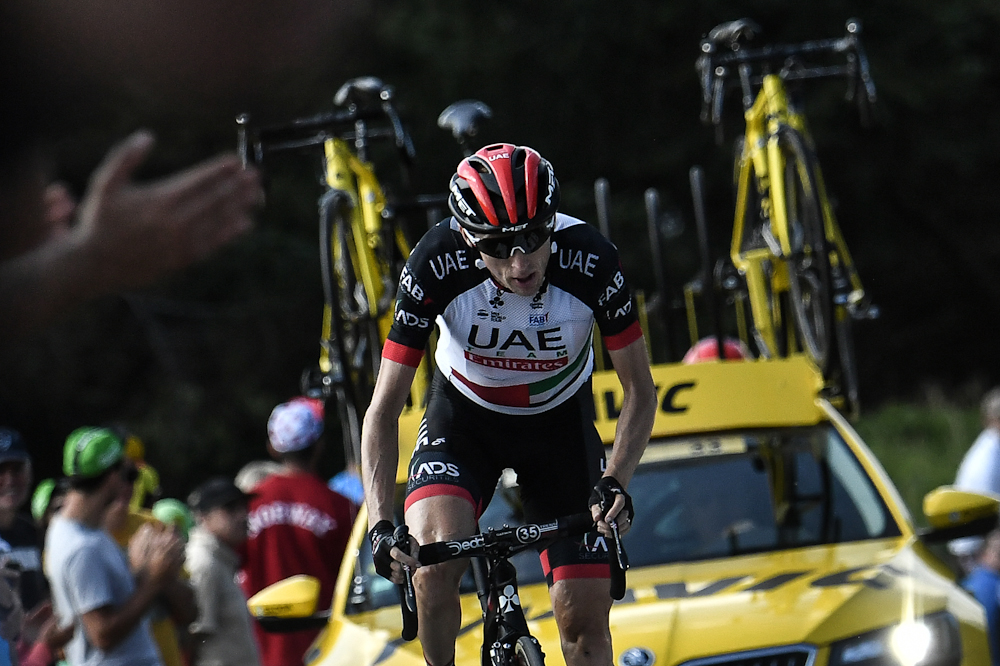
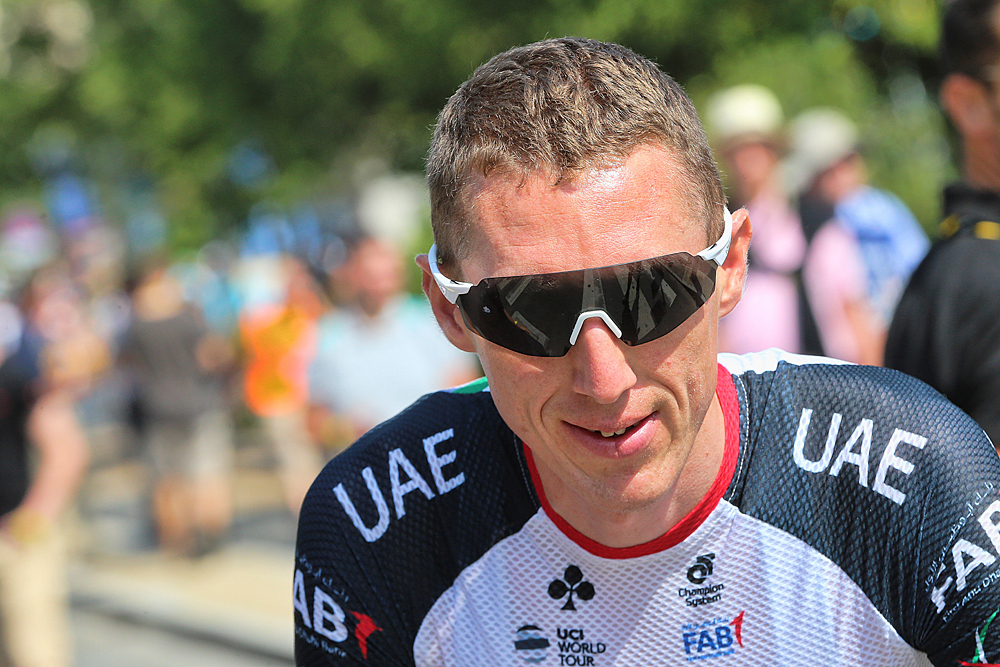
The Tarn was bathed in pleasant sunshine, the skies were laser blue, and the roadside was lined with spectators as the yellow jersey group climbed the Pic de Nore on Sunday afternoon. It was an idyllic, made-for-television Tour de France image, but, for Dan Martin, at least, one crucial ingredient was missing: a bike race.
Tour de France bikes: Dan Martin's Colnago V2-R - Gallery
Dan Martin 'ripped to pieces' in Tour de France crash
Dan Martin: Tour de France Roubaix stage was 'an experience'
Dan Martin: Riders are scared of attacking Team Sky
Tour de France: Dan Martin takes opportunity with both hands
Dan Martin to fight on at Tour de France despite Alpe d'Huez time loss
With eventual stage winner Magnus Cort and the early break some 12 minutes up the road, and after two wearying weeks to this point, there seemed to be little appetite for insurrection in the main peloton, where the Sky team of yellow jersey Geraint Thomas and Chris Froome assumed its usual position on the front.
Almost 10 kilometres from the summit and some 50 kilometres from the stage finish in Carcassonne, Martin decided to see if he could shake the peloton from its torpor with an acceleration. Nobody even tried to come with him.
“I was bored, to be honest,” Martin smiled on wheeling to a halt in Carcassonne. “Sky and Lotto-Jumbo were blocking the road. They just wanted to go really easy on the climb. I thought, why not try something?”
The UAE Team Emirates rider quickly opened a lead of a minute or so over a disinterested yellow jersey group on the Pic de Nore, and still had most of that advantage in hand when he crested the summit. On the long, long drop off the climb, however, the Sky-led peloton gradually made inroads into Martin’s buffer, seemingly more through circumstance than design. Martin was swept back up by the bunch with a little over 14 kilometres to go. Nothing ventured, nothing gained.
“In the end, I’ve got nothing to lose. I’m 10th on GC. I might as well try something. Who knows, maybe they’ll let me go. I don’t think they tried hard to catch me, but they were behind the motorbike and they just kind of rolled back onto me,” said Martin, already a stage winner at Mûr-de-Bretagne.
“I expected the downhill to be more of a downhill, but it wasn’t, it was a real pedalling downhill. The guys behind had the TV motorbike and I didn’t have anything. It’s quite an attribute of this race, actually, the difference the TV motorbike makes. I barely braked the whole downhill, and they came back on me like I was standing still.”
Get The Leadout Newsletter
The latest race content, interviews, features, reviews and expert buying guides, direct to your inbox!
For a persistent aggressor like Martin, the impact of the slipstreaming effect of television motorbikes on the outcome of races is a regular bugbear. Whatever the circumstance, the main peloton is covered by a television motorbike, and – like his former manager Patrick Lefevere – Martin believes it provides the chasers with an unintentional but discernible advantage.
“It’s the same every day. They’ve got an impossible job, I respect that, but that’s why nobody attacks. As soon as you’re on your own or in a small group, the TV motorbike goes behind and the peloton’s got it in front of them, and it’s impossible. That’s why nobody attacks,” said Martin, who acknowledged that there is no obvious solution to the problem.
“They have to film the race, so they can’t have the motorbikes sitting behind the whole peloton, you have to see what’s going on at the front of the race. I respect the fact that it’s an impossible job they’ve got, to regulate it – but maybe they should give the breakaway a motorbike in front of them as well, to even it up.”
Calculation
The ever more corporate feel of the Tour de France is not limited to the television pictures beamed around the world, of course. The race has always been a business, but in the 21st century, it has become an increasingly serious one. The rewards have never been greater, but that can contribute to a degree of risk aversion in the peloton.
“Everybody is a bit too calculating on this race sometimes,” Martin said. “In the media as well, if you attack and it doesn’t work, then everybody says it’s a waste of energy. It’s always negative. But it’s only a race; you might as well enjoy yourself.
“I’m 10th on GC now, so I’ve got nothing to lose. There are only, what, four days left, so I might as well make the most of being at the Tour de France.”
Martin reaches the Tour’s second rest day in 10th overall, 6:54 down on Geraint Thomas, after a late puncture cost him the bones of two minutes in Mende on Saturday. When the race resumes in the Pyrenees on Tuesday, Martin will hope for more allies of circumstance when he goes on the attack.
“There’s a lot of guys in top 10 who’ve been successful here before, they’re not going to ride around to be 6th or 8th on GC, guys like Romain [Bardet] and Nairo [Quintana],” he said. “I think you’re going to see a lot more fireworks in the Pyrenees.”

Barry Ryan was Head of Features at Cyclingnews. He has covered professional cycling since 2010, reporting from the Tour de France, Giro d’Italia and events from Argentina to Japan. His writing has appeared in The Independent, Procycling and Cycling Plus. He is the author of The Ascent: Sean Kelly, Stephen Roche and the Rise of Irish Cycling’s Golden Generation, published by Gill Books.